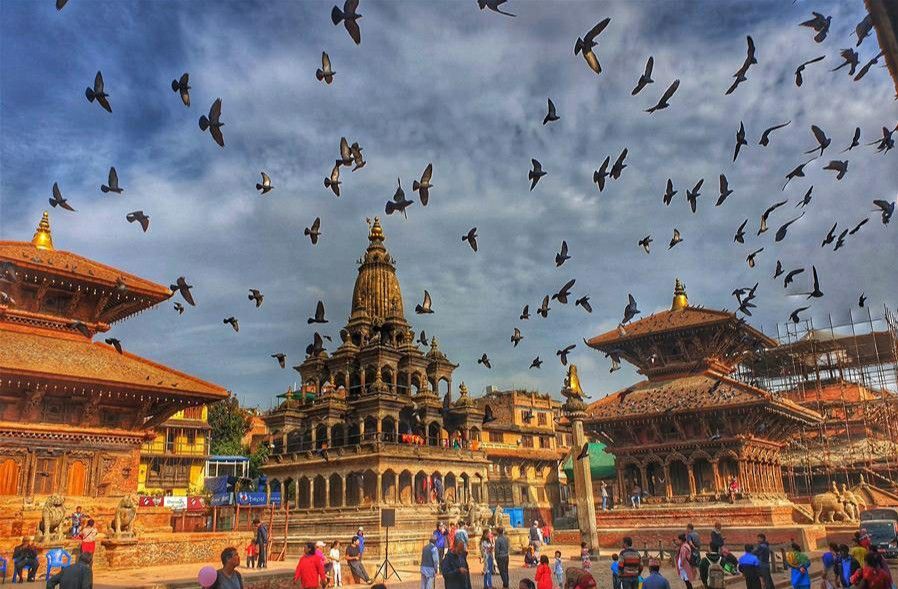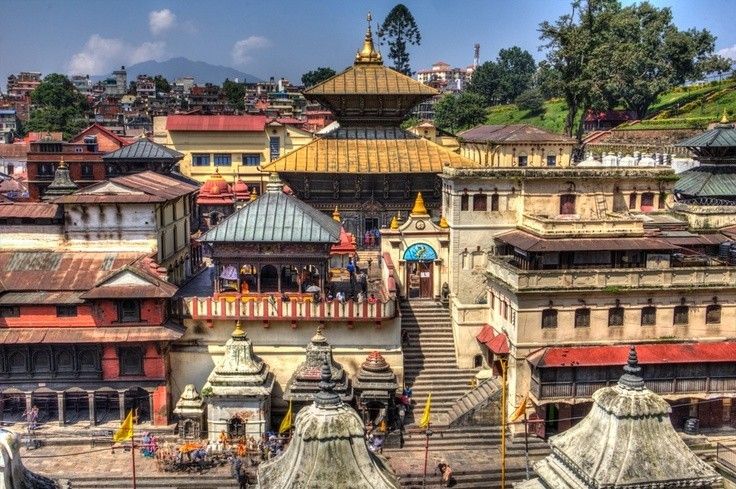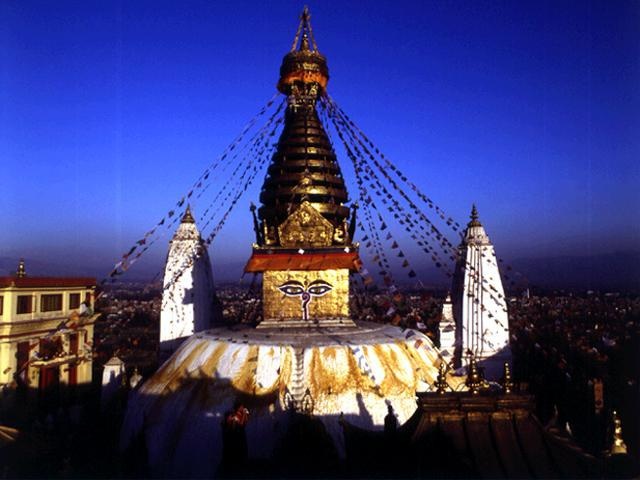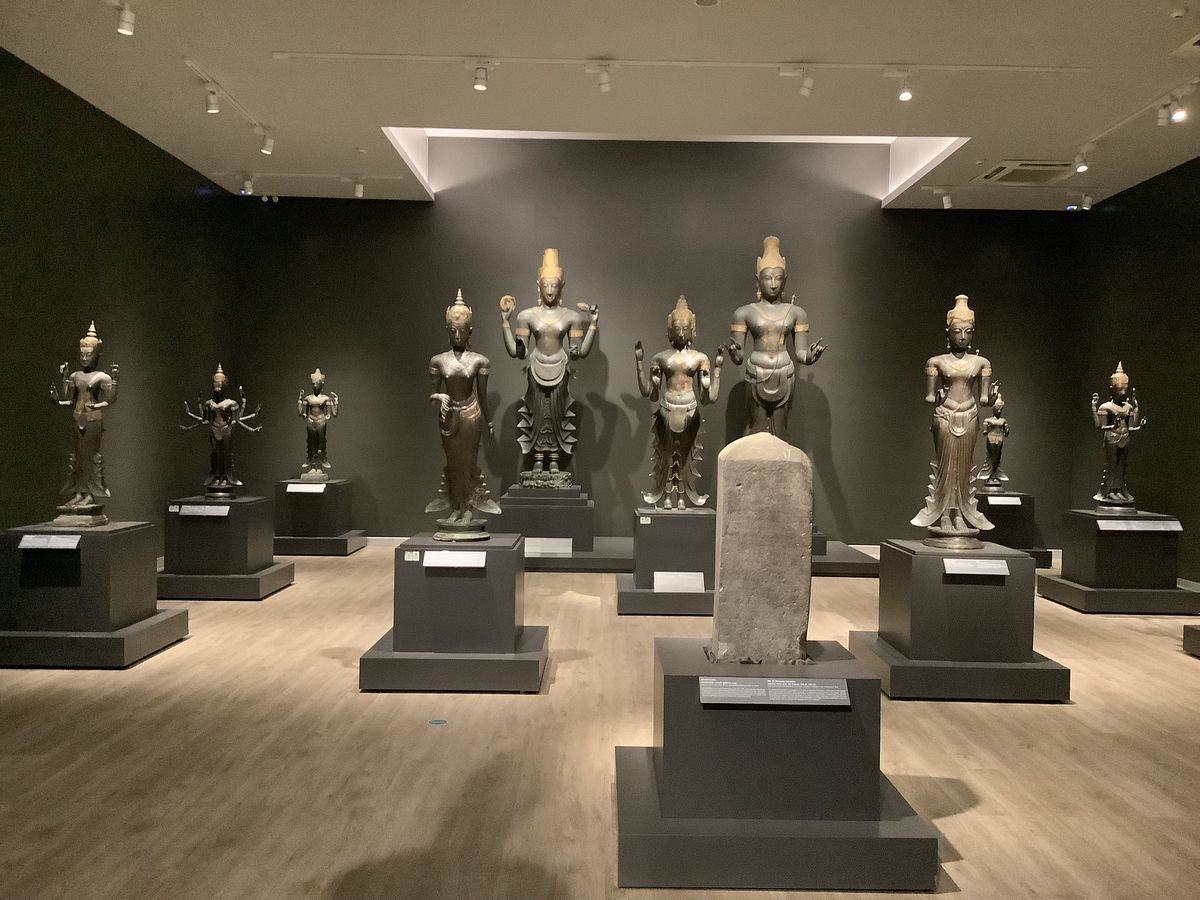Patan Durbar Square: Explore Nepal's UNESCO Newar Architecture and Royal History
Patan Durbar Square, located in the historic city of Lalitpur, is one of Nepal’s most enchanting UNESCO World Heritage sites. A masterpiece of Newar architecture, the square is adorned with intricately carved temples, palaces, and statues that reflect centuries of artistry and devotion. Once the royal palace complex of the Malla kings, Patan Durbar Square is today a living museum where culture, history, and spirituality come alive. For travelers, it offers not just stunning monuments but also immersive experiences in local crafts, festivals, and traditions. Visiting Patan is a journey into the cultural soul of the Kathmandu Valley.

History & Heritage
Patan Durbar Square traces its origins to the Malla period, when Lalitpur flourished as a center of art and culture. The square once served as the royal palace for Malla kings, who commissioned temples, courtyards, and shrines in honor of Hindu and Buddhist deities. Many of these structures have survived for centuries, showcasing the extraordinary craftsmanship of the Newar community. Even today, Patan remains a hub for artisans who continue woodcarving, metalwork, and stone sculpting traditions. Strolling through the square offers a glimpse into Nepal’s golden age of architecture and cultural refinement.
Temples & Architectural Highlights
Patan Durbar Square is filled with architectural wonders. The Krishna Mandir, built entirely of stone in the 17th century, is one of Nepal’s finest examples of Shikhara-style architecture. The Hiranya Varna Mahavihar (Golden Temple) shines with gilt work and Buddhist symbolism. The Taleju Bhawani Temple, dedicated to the royal goddess, showcases striking pagoda-style design. Visitors can also admire the many statues, stone spouts, and carved struts that adorn the square. Each corner of Patan tells a story, blending Hindu and Buddhist traditions into a harmonious cultural landscape.


Patan Museum & Cultural Experience
Housed within a section of the former royal palace, Patan Museum is considered one of the best museums in South Asia. Its galleries display sacred sculptures, bronze statues, and artifacts that reflect Nepal’s Hindu and Buddhist traditions. Beyond artifacts, the museum itself is an architectural gem, with elegant courtyards and restored palace rooms. Cultural workshops, guided tours, and temporary exhibitions allow visitors to engage deeply with Nepalese heritage. For art lovers and history enthusiasts, Patan Museum is a must-visit highlight of the square.

Local Life, Food & Experiences
Patan Durbar Square is not just a historic site—it’s part of the daily rhythm of Lalitpur. Locals gather in courtyards, perform religious rituals, and celebrate festivals throughout the year. Around the square, travelers can taste authentic Newari cuisine, including dishes like bara, yomari, and chatamari. Artisans sell hand-carved masks, thangka paintings, and metal statues in nearby lanes, making it an excellent spot to shop for souvenirs. Joining a guided walking tour or staying in a heritage guesthouse nearby enhances the cultural immersion, offering travelers a more authentic Nepal experience.

FAQ – Patan Durbar Square
1. Where is Patan Durbar Square located?
It is located in Lalitpur (Patan), about 5 km south of Kathmandu, easily accessible by taxi or bus.
2. Why is Patan Durbar Square famous?
It is renowned for its Newar architecture, temples, palaces, and Patan Museum, showcasing Nepal’s cultural and artistic heritage.
3. What are the must-see attractions in the square?
Krishna Mandir, Golden Temple, Taleju Temple, Patan Museum, and various palace courtyards are key highlights.
4. Is there an entry fee for visitors?
Yes, there is a nominal entry fee for foreign travelers, which contributes to heritage preservation.
5. Can visitors hire guides?
Yes, local guides are available at the square, offering detailed insights into history, architecture, and culture.
6. What is the best time to visit?
October to March offers pleasant weather, while festival seasons bring extra vibrancy and cultural experiences.
7. How much time should I spend at Patan Durbar Square?
Plan at least 2–3 hours to explore the museums, temples, and surrounding alleys at a comfortable pace.
8. Is photography allowed inside Patan Museum?
Photography is restricted in some galleries, but allowed in courtyards and outdoor areas.
9. Are there cultural performances in the square?
Yes, during festivals and special events, travelers can witness traditional music, dances, and religious rituals.
10. Can I explore the square at night?
Evenings are peaceful, with beautifully lit temples, but most museums and attractions close by late afternoon.
Patan Durbar Square: Experience Nepal's Living Culture and UNESCO Heritage
Patan Durbar Square is more than a UNESCO site—it is a living showcase of Nepal’s culture, spirituality, and artistry. From stone temples and golden shrines to the bustling rhythms of local life, every corner tells a story of devotion and creativity. For travelers, visiting Patan offers a perfect blend of heritage exploration, culinary delights, and authentic experiences in the Kathmandu Valley. Let Namonepal.com help you plan your visit to Patan Durbar Square, ensuring your journey is as enriching as the heritage it reveals.
